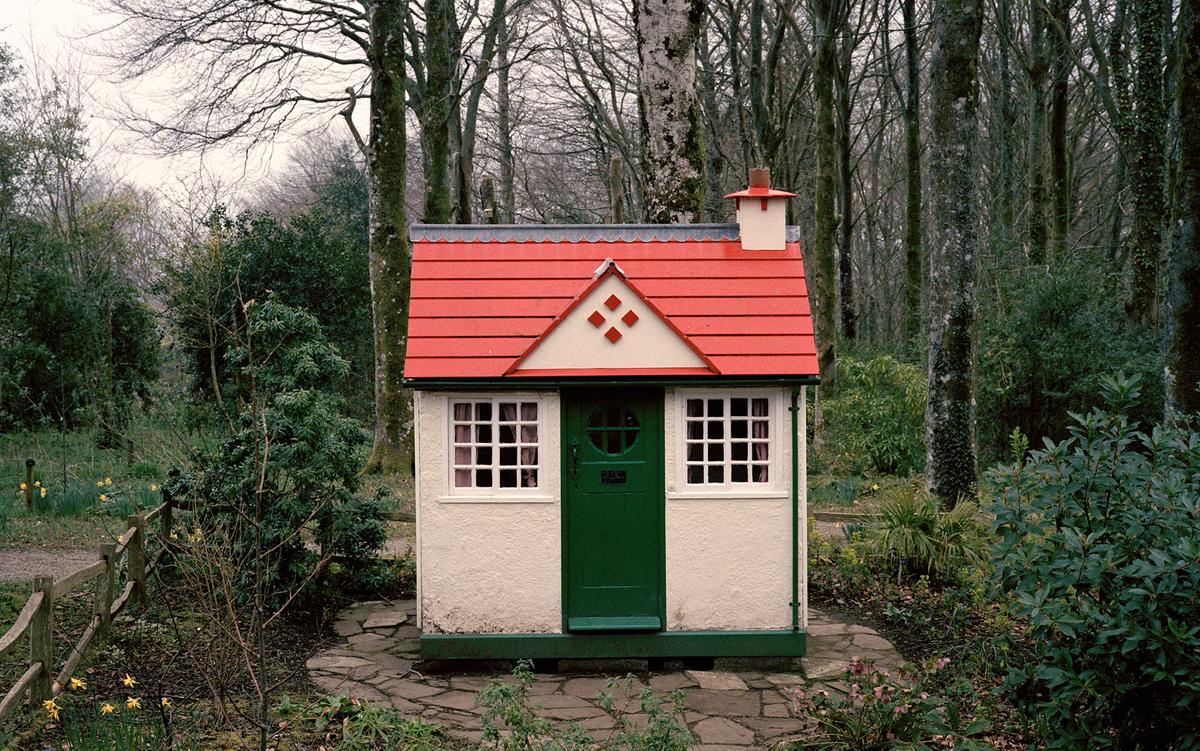glasshouse
Member
- Location
- lothians
If the govt gassed all thr rural people and planted trees from coast to coast i am sure the finances would also look goodI'm disputing none of that.
What I'm pointing out is that the UK finances are still likely far better off overall.
The balance of payments improvement effected by those monster BSW mills et al must be huge....really monstrous.
The mistake, if we could reset the clock, was to allow the tax breaks that put the growing all in the hands of outside money,
then we needed to have involved the local community in the business from the off.
Perhaps redirected some HLCA into planting and maintenance grants, with training in silviculture being obligatory.
Get 'us' involved and seeing a benefit.
I suppose land ownership is an issue where we're talking tenants/estates....but that's waaaay more difficult to unravel.
And I would point out that an awful lot of hill ewes have also gone from land unplanted - I see masses of hill unstocked now when I'm travelling-, suggesting it ain't just the tree cover that's caused those deserted areas.
Lack of profitability, and labour prepared to go out on the hill is an issue. (funnily enough, that's the same in timber harvesting....very few want to handcut now, leading to ever greater use of big harvesters).
Hey ho.
It was that lack of forward thinking - in an otherwise good bit of forward thinking-, that has left the animosity and disjointed views.






